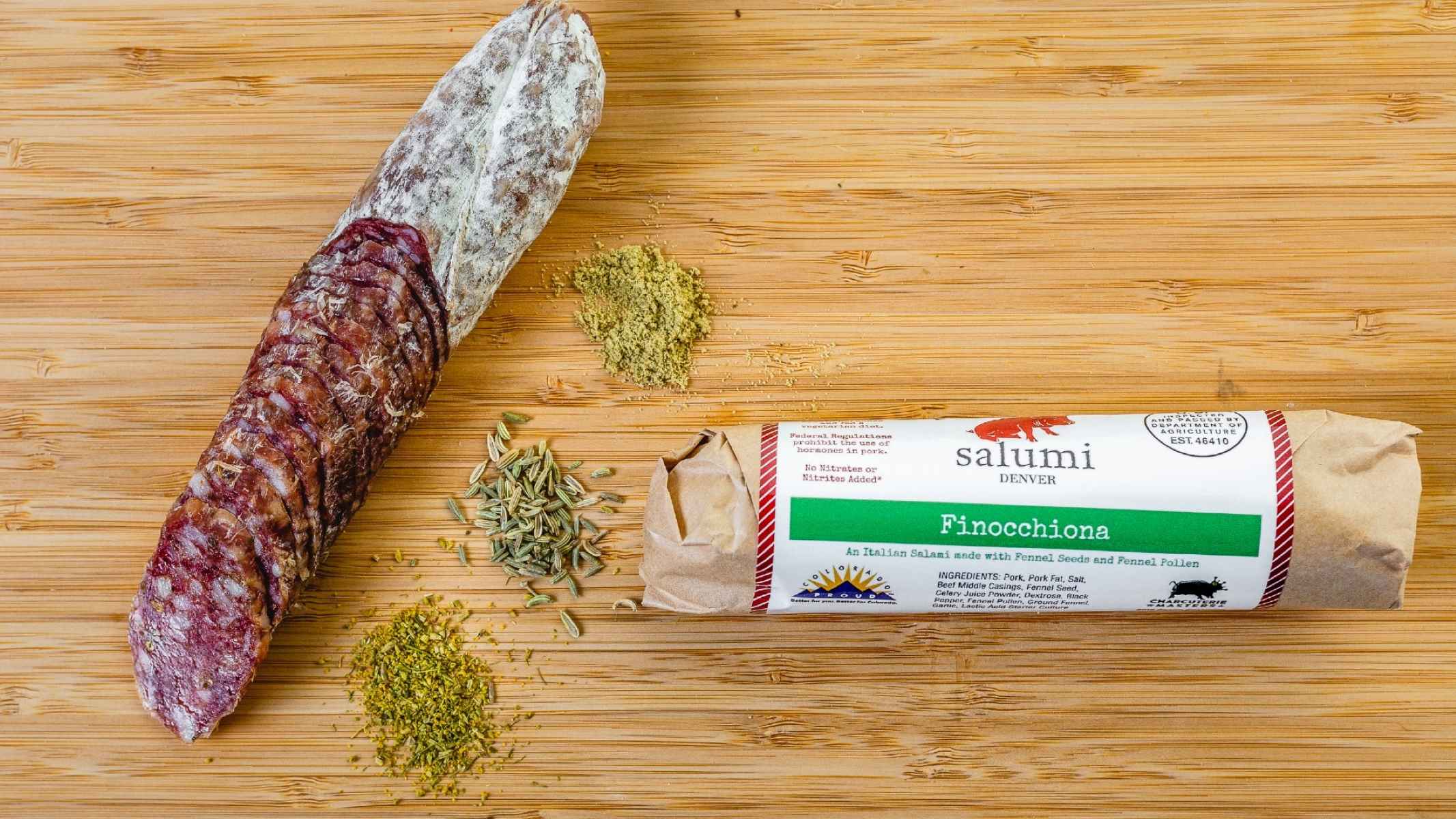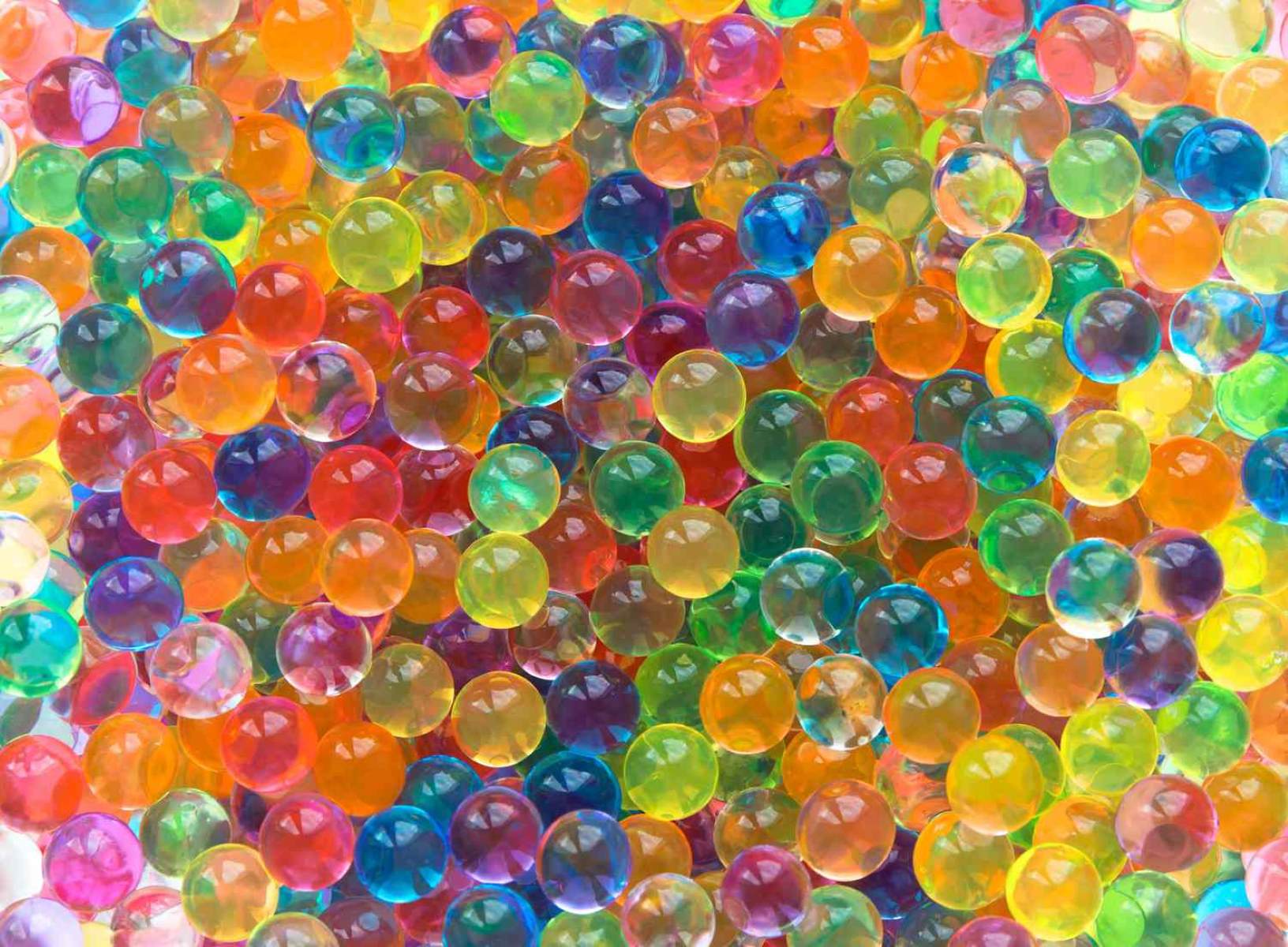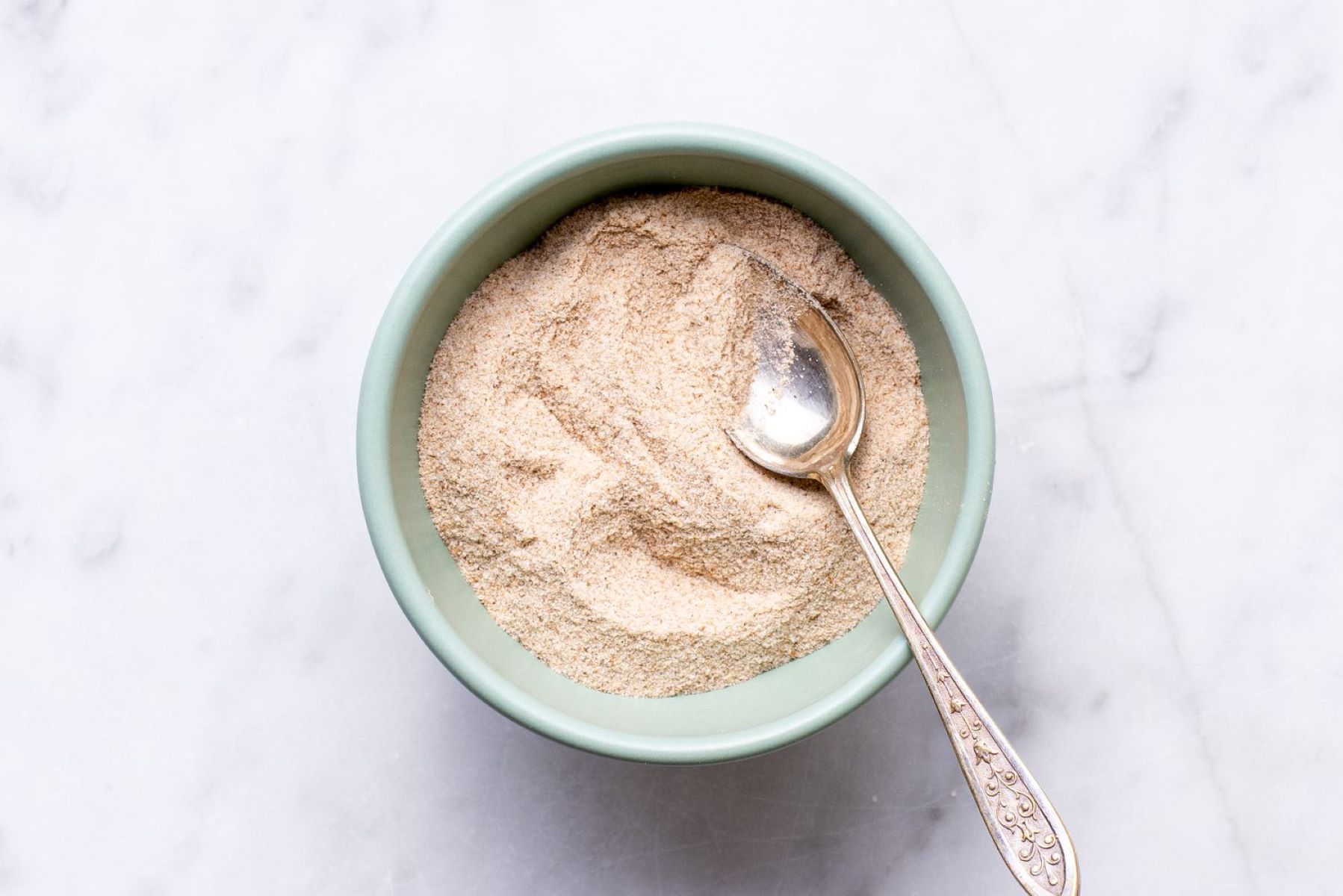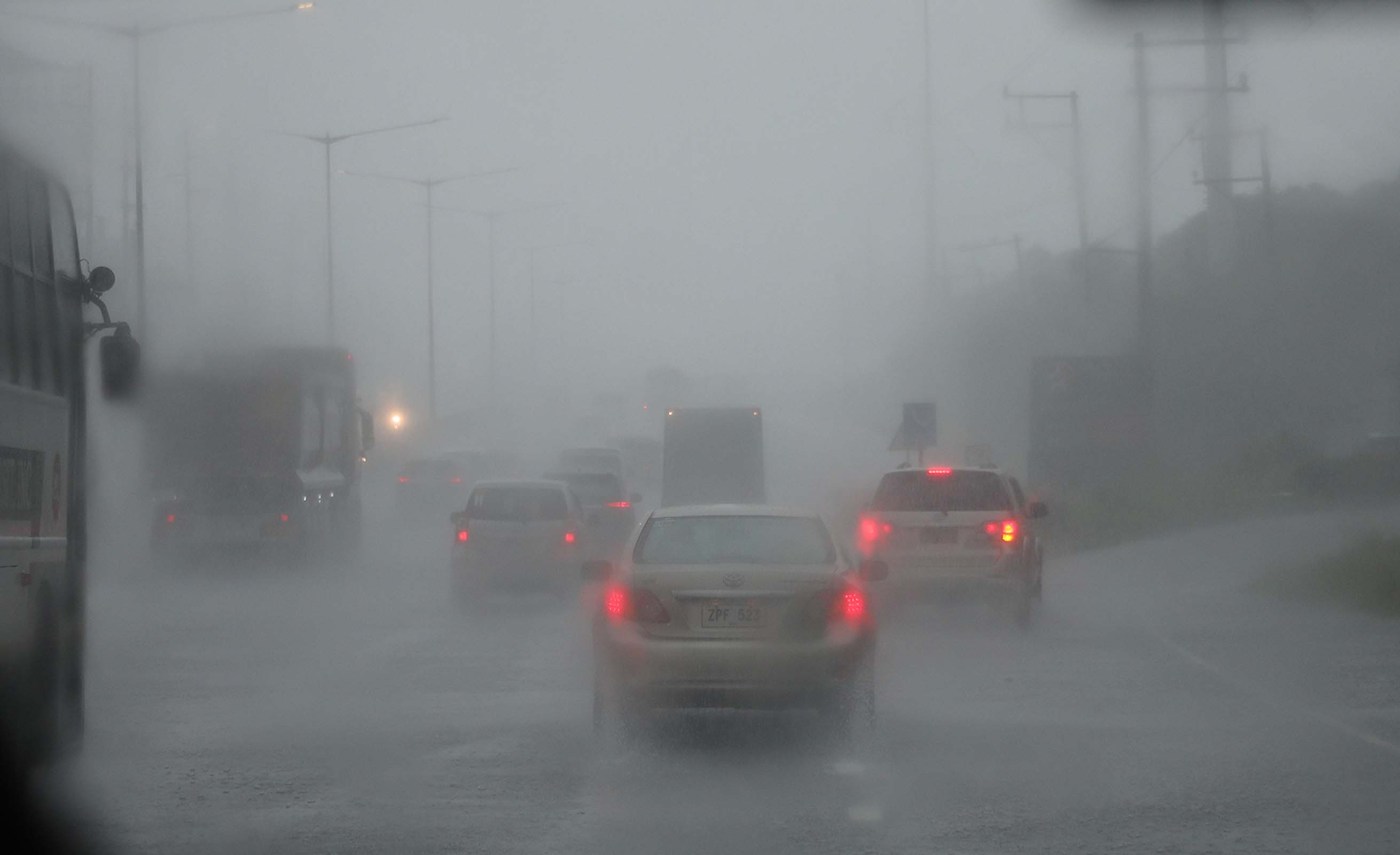Home>Food and Cooking>The Ultimate Guide To Spotting Spoiled Salami


Food and Cooking
The Ultimate Guide To Spotting Spoiled Salami
Published: January 21, 2024
Learn how to identify spoiled salami and ensure food safety with our comprehensive guide. Perfect for food and cooking enthusiasts.
(Many of the links in this article redirect to a specific reviewed product. Your purchase of these products through affiliate links helps to generate commission for Regretless.com, at no extra cost. Learn more)
Table of Contents
Introduction
Salami is a beloved cured meat that has been a staple in kitchens and charcuteries for centuries. Its rich, savory flavor and versatile uses make it a popular choice for sandwiches, antipasto platters, and gourmet recipes. However, as with any perishable food, it's crucial to be able to identify when salami has spoiled to prevent potential health risks and culinary disappointments.
In this comprehensive guide, we will delve into the nuances of spotting spoiled salami, equipping you with the knowledge to confidently assess its quality. Whether you're a culinary enthusiast, a home cook, or a professional chef, understanding the indicators of spoiled salami is essential for maintaining food safety and ensuring the enjoyment of this delectable delicacy.
We will explore the visual, olfactory, and textural cues that signify spoilage in salami, as well as provide insights into proper storage and handling practices to prolong its shelf life. By the end of this guide, you will be adept at discerning the subtle changes that indicate when salami is no longer fit for consumption, empowering you to savor this timeless charcuterie with peace of mind.
Understanding Spoiled Salami
Salami, a cured meat with a rich history and a distinctive flavor profile, undergoes a meticulous curing and aging process to achieve its characteristic taste and texture. However, despite its preservation methods, salami is not immune to spoilage. Understanding the factors that contribute to the spoilage of salami is essential for maintaining food safety and ensuring its palatability.
The primary cause of salami spoilage is the proliferation of harmful bacteria, such as Listeria monocytogenes and Clostridium botulinum, which can thrive in the absence of proper curing, handling, and storage conditions. Additionally, exposure to moisture and fluctuating temperatures can expedite the deterioration of salami, leading to changes in its appearance, aroma, and taste.
Furthermore, the composition of salami, which typically includes ground meat, salt, spices, and sometimes wine or other flavorings, creates an environment conducive to bacterial growth if not carefully monitored. Factors such as pH levels, salt concentration, and moisture content play crucial roles in preventing the proliferation of spoilage microorganisms.
It's important to note that while salami undergoes a controlled fermentation and aging process, it is not immune to spoilage. As such, vigilance in monitoring its condition is paramount. By understanding the intricate interplay of factors that contribute to the spoilage of salami, individuals can make informed decisions regarding its consumption and storage, thereby safeguarding against potential health risks associated with consuming spoiled meat products.
In the subsequent sections, we will delve into the specific visual, olfactory, and textural indicators that signify spoiled salami, empowering individuals to confidently assess its quality and make informed choices regarding its consumption. Additionally, we will explore best practices for storing and handling salami to prolong its shelf life and preserve its integrity.
Visual Signs of Spoiled Salami
Visual inspection is a fundamental aspect of evaluating the quality and safety of salami. By keenly observing its appearance, one can discern subtle changes that may indicate spoilage. When examining salami, it's essential to pay close attention to the following visual indicators:
Discoloration:
Spoiled salami may exhibit noticeable discoloration, such as a change in its usual vibrant and uniform coloration. A shift towards a dull, off-color appearance, or the presence of irregular patches of discoloration, could signal potential spoilage. Additionally, the development of green or blue spots on the surface of the salami is a clear indication of mold growth, further necessitating caution.
Sliminess:
A slimy or sticky texture on the surface of the salami is a concerning visual cue. The presence of an abnormal sheen or a tacky film is often associated with bacterial growth and degradation, indicating that the salami has surpassed its optimal condition.
Unpleasant Coating:
Spoiled salami may develop an undesirable coating or film on its surface. This may manifest as an unusual layer of residue or a slimy texture, signaling the presence of spoilage microorganisms. Any deviation from the typical dry and firm exterior of salami warrants careful consideration.
Abnormal Odor:
While not a visual cue, the presence of an abnormal odor emanating from the salami is a critical visual indicator of potential spoilage. A pungent, putrid, or sour smell, distinct from the savory aroma characteristic of salami, is cause for immediate concern.
By attentively assessing these visual cues, individuals can effectively identify signs of spoilage in salami, enabling them to make informed decisions regarding its consumption and ensuring the preservation of food safety standards. It is important to note that visual indicators of spoilage may vary depending on the specific type of salami and its ingredients, emphasizing the need for a discerning eye and a cautious approach when evaluating its condition.
Smell and Taste
The olfactory and gustatory assessment of salami is integral to determining its freshness and edibility. The interplay of aroma and flavor provides valuable insights into the condition of this beloved cured meat. When evaluating the smell and taste of salami, it is essential to consider the following factors:
Aroma:
Fresh, high-quality salami exudes a savory, aromatic bouquet characterized by a harmonious blend of spices, meaty richness, and the nuanced notes acquired during the curing process. A pleasant, appetizing aroma is indicative of well-preserved salami. However, the onset of spoilage may manifest in a discernible shift in its scent. A sour, rancid, or ammonia-like odor emanating from the salami suggests bacterial activity and degradation, signaling potential spoilage. The presence of an unpleasant aroma warrants careful consideration and may prompt the need for further evaluation.
Flavor Profile:
The taste of salami is a symphony of savory, salty, and subtly spiced notes that culminate in a delectable culinary experience. When assessing the taste of salami, one should expect a balanced amalgamation of flavors, with a pleasant umami richness and a characteristic depth imparted by the aging process. However, the presence of off-flavors, such as bitterness, sourness, or an acrid aftertaste, indicates a departure from its optimal state. These deviations in taste are indicative of potential spoilage and should prompt caution when consuming the salami.
Palatability:
Beyond the individual flavor components, the overall palatability of salami serves as a crucial indicator of its condition. Fresh salami should offer a satisfying chew, with a tender yet substantial texture that complements its complex flavors. However, spoiled salami may exhibit textural abnormalities, such as excessive softness, mushiness, or an unappealing dryness, detracting from its palatability. Any noticeable deviation from the expected texture warrants a thorough assessment of the salami's quality.
By attentively evaluating the smell and taste of salami, individuals can discern subtle nuances that may signify spoilage, enabling them to make informed decisions regarding its consumption. The sensory assessment of salami, encompassing its aroma, flavor profile, and palatability, serves as a sensory gateway to its quality, guiding individuals in preserving food safety and culinary enjoyment. It is imperative to approach the assessment of smell and taste with attentiveness and discernment, as these sensory cues provide valuable insights into the condition of this cherished cured meat.
Mold on Salami
Mold growth on salami is a visual indicator that often raises concerns regarding its safety and quality. While mold plays a crucial role in the natural aging process of certain cured meats, such as artisanal salami varieties, the presence of mold on commercially produced salami requires careful evaluation.
When assessing mold on salami, it's essential to differentiate between desirable and undesirable mold growth. Desirable molds, typically encountered in traditional artisanal salami, contribute to the development of complex flavors and aid in the controlled aging process. These molds, often characterized by white or powdery appearances, are carefully cultivated and play a pivotal role in enhancing the sensory profile of the salami.
Conversely, the presence of undesirable mold on salami, such as green or blue molds, warrants a cautious approach. While some molds are harmless and can be carefully removed, others may indicate spoilage and the potential presence of mycotoxins, necessitating the discarding of the affected salami. It's crucial to note that the growth of mold on salami is influenced by various factors, including humidity levels, air circulation, and storage conditions. Improper storage, such as exposure to excessive moisture or inadequate ventilation, can exacerbate mold growth and compromise the integrity of the salami.
In the presence of mold on salami, it is recommended to thoroughly inspect the extent of the mold growth. If the mold is limited to the surface and exhibits characteristics consistent with desirable mold species, such as a powdery appearance, it may be carefully removed using a clean, dry cloth or a brush. However, if the mold appears extensive, exhibits unusual colors, or is accompanied by an unpleasant odor, it is advisable to exercise caution and consider discarding the affected salami to mitigate potential health risks.
Proper storage practices, including maintaining optimal humidity levels and ensuring adequate air circulation, are instrumental in minimizing the risk of undesirable mold growth on salami. Additionally, regular monitoring of salami stored in home environments and professional kitchens is essential for promptly addressing any signs of mold and implementing appropriate measures to preserve the quality and safety of the cured meat.
By discerningly evaluating mold growth on salami and understanding the nuances of desirable and undesirable molds, individuals can make informed decisions regarding the suitability of the salami for consumption. Vigilance in monitoring mold development and implementing proactive storage practices is paramount in preserving the integrity and safety of this beloved cured meat.
Texture Changes
The texture of salami serves as a tactile indicator of its quality and condition, offering valuable insights into its freshness and potential spoilage. When assessing the texture of salami, it is essential to consider the following factors:
Firmness and Resilience:
Fresh, well-preserved salami exhibits a firm yet yielding texture, characteristic of its carefully aged and cured composition. The exterior should offer a satisfying resistance to pressure, while the interior maintains a supple resilience. However, as salami approaches spoilage, its texture may undergo notable changes. A loss of firmness, excessive softness, or a lack of resilience may signify a departure from its optimal state. These textural deviations are indicative of potential spoilage and warrant careful consideration.
Greasy or Oily Surface:
Spoiled salami may develop a greasy or oily surface texture, distinct from its typical dry and slightly waxy exterior. The presence of excessive oiliness or a slick texture is often associated with the breakdown of fats within the salami, signaling potential degradation and spoilage. This textural anomaly serves as a critical cue for assessing the condition of the salami and should prompt a thorough evaluation of its suitability for consumption.
Dryness and Crumbling:
In contrast to excessive softness, salami nearing spoilage may exhibit an uncharacteristic dryness and a tendency to crumble upon handling. The loss of moisture and the breakdown of the meat matrix contribute to this textural change, detracting from the salami's expected consistency. The presence of dry, crumbly textures indicates a departure from its optimal state and serves as a compelling indicator of potential spoilage.
Uniformity and Cohesion:
Fresh salami boasts a uniform, cohesive texture throughout its composition, with a harmonious integration of meat, fat, and spices. However, as salami undergoes spoilage, its texture may become uneven, displaying pockets of excessive softness, dryness, or textural irregularities. The loss of uniformity and cohesion within the salami's texture signals potential degradation, prompting a meticulous assessment of its overall quality.
By attentively evaluating the texture of salami, individuals can discern subtle textural changes that may signify spoilage, enabling them to make informed decisions regarding its consumption. The tactile assessment of salami, encompassing its firmness, resilience, surface characteristics, and overall consistency, provides valuable insights into its condition, guiding individuals in preserving food safety and culinary enjoyment. It is imperative to approach the assessment of texture with attentiveness and discernment, as these textural cues offer nuanced indications of the salami's quality and suitability for consumption.
Proper Storage and Handling
Proper storage and handling practices are paramount in preserving the quality, safety, and shelf life of salami. By adhering to meticulous storage guidelines and employing careful handling procedures, individuals can mitigate the risk of spoilage and ensure the longevity of this cherished cured meat.
Storage Conditions:
Salami should be stored in a cool, dry environment, away from direct sunlight and sources of heat. Optimal storage temperatures typically range between 55°F and 60°F (13°C to 16°C), ensuring that the salami remains within a conducive climate for preservation. Excessive heat can accelerate the growth of spoilage microorganisms, while prolonged exposure to direct sunlight can compromise the integrity of the salami.
Humidity Management:
Maintaining appropriate humidity levels is essential for preserving the texture and flavor of salami. Ideally, the storage environment should exhibit a relative humidity of around 60% to 70%. Excessive moisture can promote mold growth and compromise the salami's quality, while excessively dry conditions may lead to undesirable textural changes. Utilizing a hygrometer to monitor humidity levels can aid in ensuring an optimal storage environment.
Air Circulation:
Proper air circulation is crucial in preventing the buildup of excess moisture and maintaining the integrity of the salami. Adequate airflow helps regulate humidity levels and minimizes the risk of mold growth. When storing salami, it is advisable to allow for sufficient air circulation around the cured meat, whether utilizing dedicated curing chambers, refrigerators with adjustable humidity controls, or specialized storage units designed for preserving cured meats.
Packaging and Protection:
Salami should be stored in breathable packaging, such as natural casings or permeable wrapping, to facilitate the controlled aging process while safeguarding against excessive moisture accumulation. Additionally, protecting the salami from exposure to air and light helps preserve its flavor and texture. Vacuum-sealed packaging should be avoided, as it can impede the natural aging process and compromise the sensory characteristics of the salami.
Handling Practices:
When handling salami, it is essential to employ hygienic practices to prevent cross-contamination and maintain food safety. Utensils and surfaces that come into contact with salami should be clean and sanitized to minimize the risk of bacterial contamination. Additionally, storing salami away from raw meats and other perishable items helps prevent potential flavor transfer and cross-contamination.
By meticulously adhering to proper storage conditions, humidity management, air circulation, packaging guidelines, and hygienic handling practices, individuals can prolong the shelf life of salami and uphold its quality. These proactive measures serve as a foundational framework for preserving the integrity of this beloved cured meat, ensuring that it can be enjoyed with confidence and culinary appreciation.
Conclusion
In conclusion, the ability to identify spoiled salami is an essential skill for anyone who appreciates this cherished cured meat. By recognizing the visual, olfactory, and textural indicators of spoilage, individuals can make informed decisions regarding the consumption of salami, safeguarding against potential health risks and culinary disappointments.
Visual cues, such as discoloration, sliminess, and the presence of an undesirable coating, offer critical insights into the condition of salami. By attentively assessing these visual indicators, individuals can discern subtle changes that may signify spoilage, enabling them to make informed choices regarding its consumption.
The olfactory and gustatory assessment of salami, encompassing its aroma, flavor profile, and palatability, provides valuable insights into the condition of this beloved cured meat. By discerningly evaluating the smell and taste of salami, individuals can discern subtle nuances that may signify spoilage, empowering them to make informed decisions regarding its consumption.
Mold growth on salami presents a nuanced consideration, with the differentiation between desirable and undesirable molds playing a pivotal role in assessing the salami's suitability for consumption. By discerningly evaluating mold growth on salami and understanding the nuances of desirable and undesirable molds, individuals can make informed decisions regarding the suitability of the salami for consumption.
The texture of salami serves as a tactile indicator of its quality and condition, offering valuable insights into its freshness and potential spoilage. By attentively evaluating the texture of salami, individuals can discern subtle textural changes that may signify spoilage, enabling them to make informed decisions regarding its consumption.
Proper storage and handling practices are paramount in preserving the quality, safety, and shelf life of salami. By meticulously adhering to proper storage conditions, humidity management, air circulation, packaging guidelines, and hygienic handling practices, individuals can prolong the shelf life of salami and uphold its quality.
In essence, the comprehensive understanding of the indicators of spoiled salami equips individuals with the knowledge to confidently assess its quality, ensuring the preservation of food safety standards and the enjoyment of this timeless charcuterie with peace of mind. Vigilance in monitoring salami's condition and implementing proactive storage practices is paramount in preserving the integrity and safety of this beloved cured meat.











